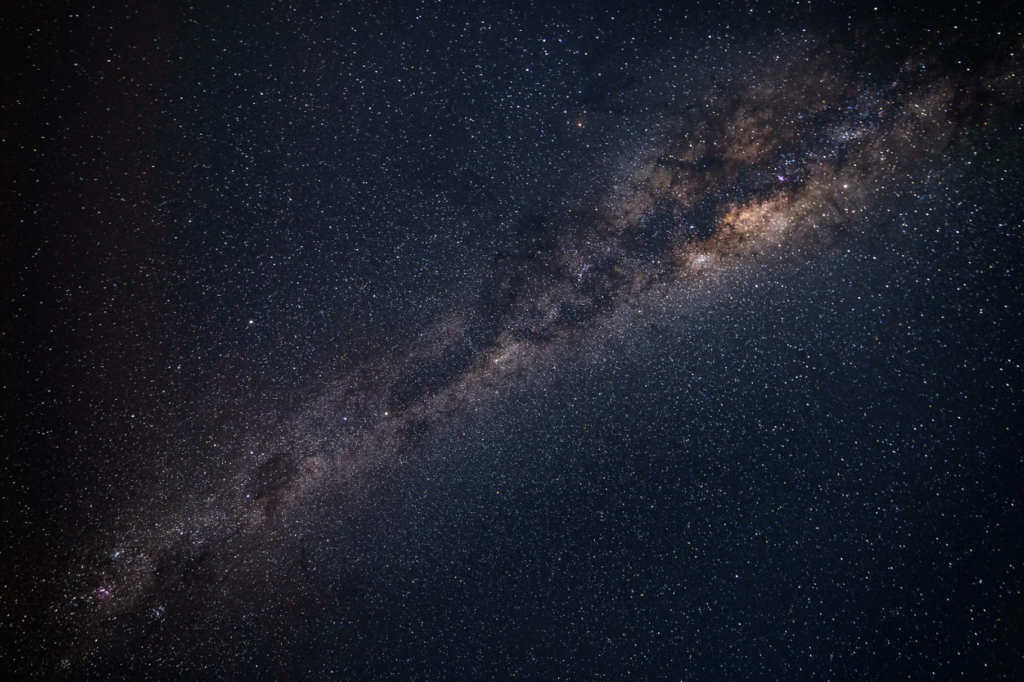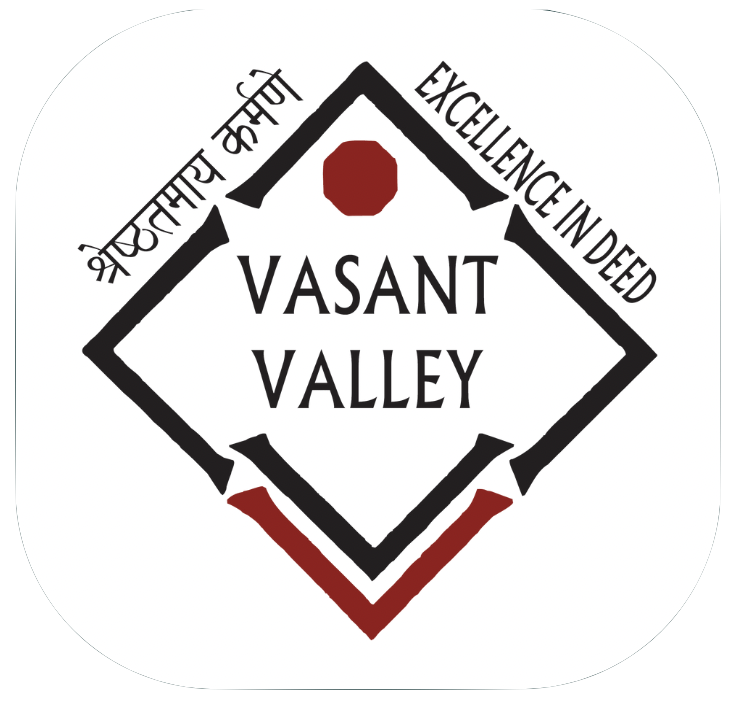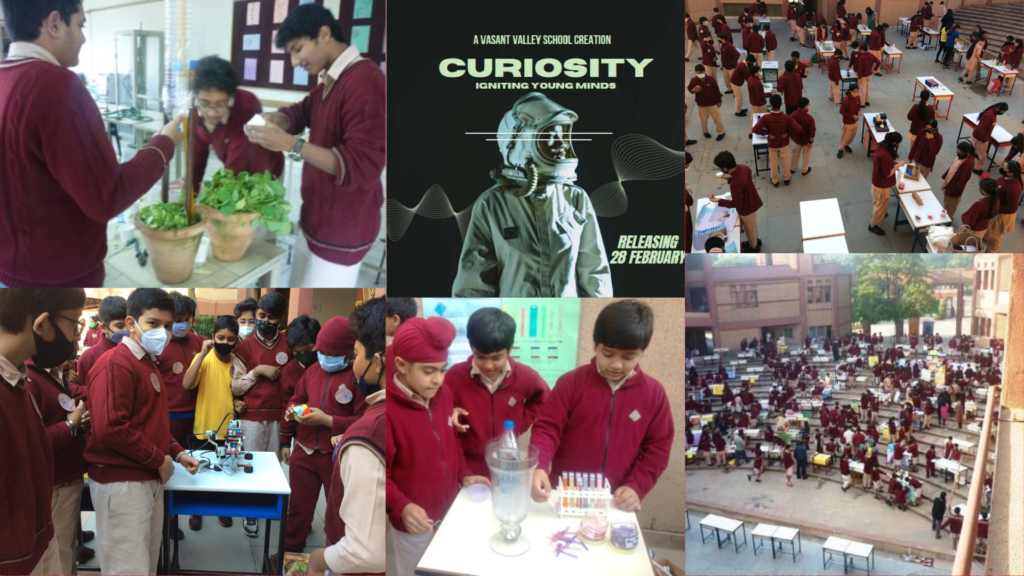Being written on a huge spaceship whizzing through the Cosmos 30 times faster than a rifle bullet, called the planet Earth, which is a nanoscopic part of The Universe, the fantastic holocaust of energy and matter, this article is going to speed you through the stellar world of the prospective Milkomedia, the merger of the Milky Way and Andromeda, two spiral shaped galaxies.

Gravity nudges galaxies towards one another, sometimes two, or sometimes more until they meet , their contents whooshing and mixing, and the slow-moving chaos molding them into a humongous galactic ball. The galaxy mergers are one of the most mind-boggling events in the Universe. What might it be like to exist in the midst of a galactic merger? “The night time view would be quite spectacular,” Gomez, an astronomer at the National Autonomous University of Mexico, told once. The sky would be filled with newly formed stars, and we would be able to see warped streams of stars, gas, and dust stretching across the sky.” he further added.
The Milky Way, the galaxy that Earth is a part of, is 100,000 light-years across. That means if you traveled at the speed of light, it would take you 100,000 years to cross the Milky Way! Our Milky Way is on a collision course with another spiral galaxy called Andromeda. Today Andromeda is visible as a speck of light in the night sky, but about 5 billion years from now, it will be tangled up with us. Our galaxy’s spiral arms will disappear, and so will our supermassive black hole. Andromeda’s central black hole has the mass of 100 million suns, and it will quickly swallow up our own, which has a comparatively tiny mass of 4 million suns. “In such an environment, it would be difficult to find lines of sight that are uncontaminated by the luminous merging system that would be our home.” Rodriguez-Gomez said. Perhaps, that would be a moment of day-dreaming envisaging the tantalizing collision amidst starry cosmos, and pondering what it might be like here.
~ Sanvi Monga | 11B

